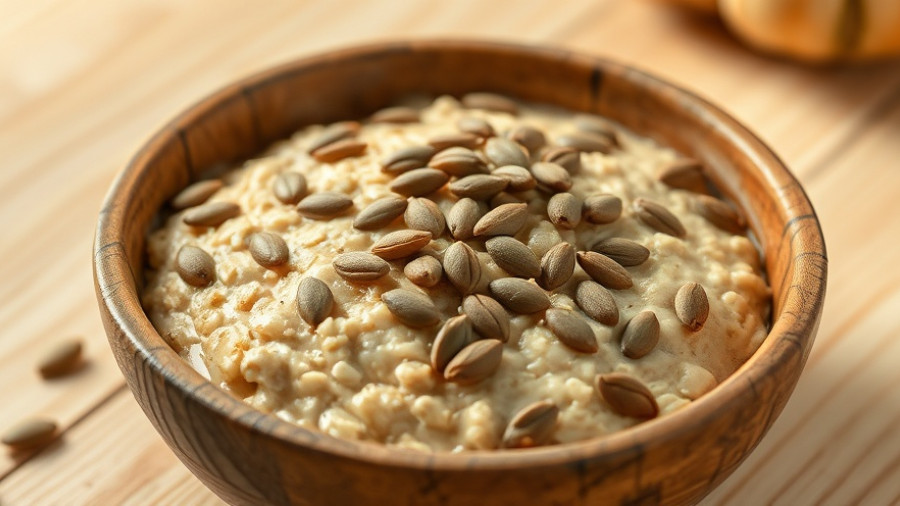
Understanding Cured and Uncured Bacon
Most of us might assume that all bacon is cured, yet the grocery store aisle reveals an intriguing division: cured versus uncured. So, what’s the difference? According to Matthew Moskowitz, a knowledgeable butcher from Foster Sundry, all bacon is indeed cured. The term "uncured" can be misleading; it essentially refers to bacon that is preserved using celery salt rather than artificial nitrites, the latter being common in traditional cured bacon.
The Curing Process: A Flavorful Transformation
Curing involves adding salt and sometimes sugar or spices to meat, changing its chemical properties to inhibit bacteria growth and enhance flavors. Most bacon is subjected to a wet brine or dry salt mix before being smoked at low temperatures, which elevates its taste and texture. While bacon typically acquires its rosy hue from the use of pink curing salt, uncured bacon has a more muted color as it uses natural nitrites from celery salt.
Taste Test: Do They Really Differ?
It’s common to wonder if cured and uncured bacon truly taste different. Moskowitz explains that while the flavors can vary, any distinction largely depends on brining time and additional seasonings rather than the curing method itself. You might find cured bacon a touch saltier, but uncured bacon has its character as well, influenced by its longer curing time.
Elevate Your Home Cooking with Bacon
For home cooks eager to experiment, bacon serves as a versatile ingredient. Whether you're whipping up a classic grilled cheese BLT or crafting your own fun recipes, understanding the difference between bacon types can enhance your culinary skills. Dive into the world of flavors and find easy recipes that fit every taste!
 Add Row
Add Row  Add
Add 




Write A Comment